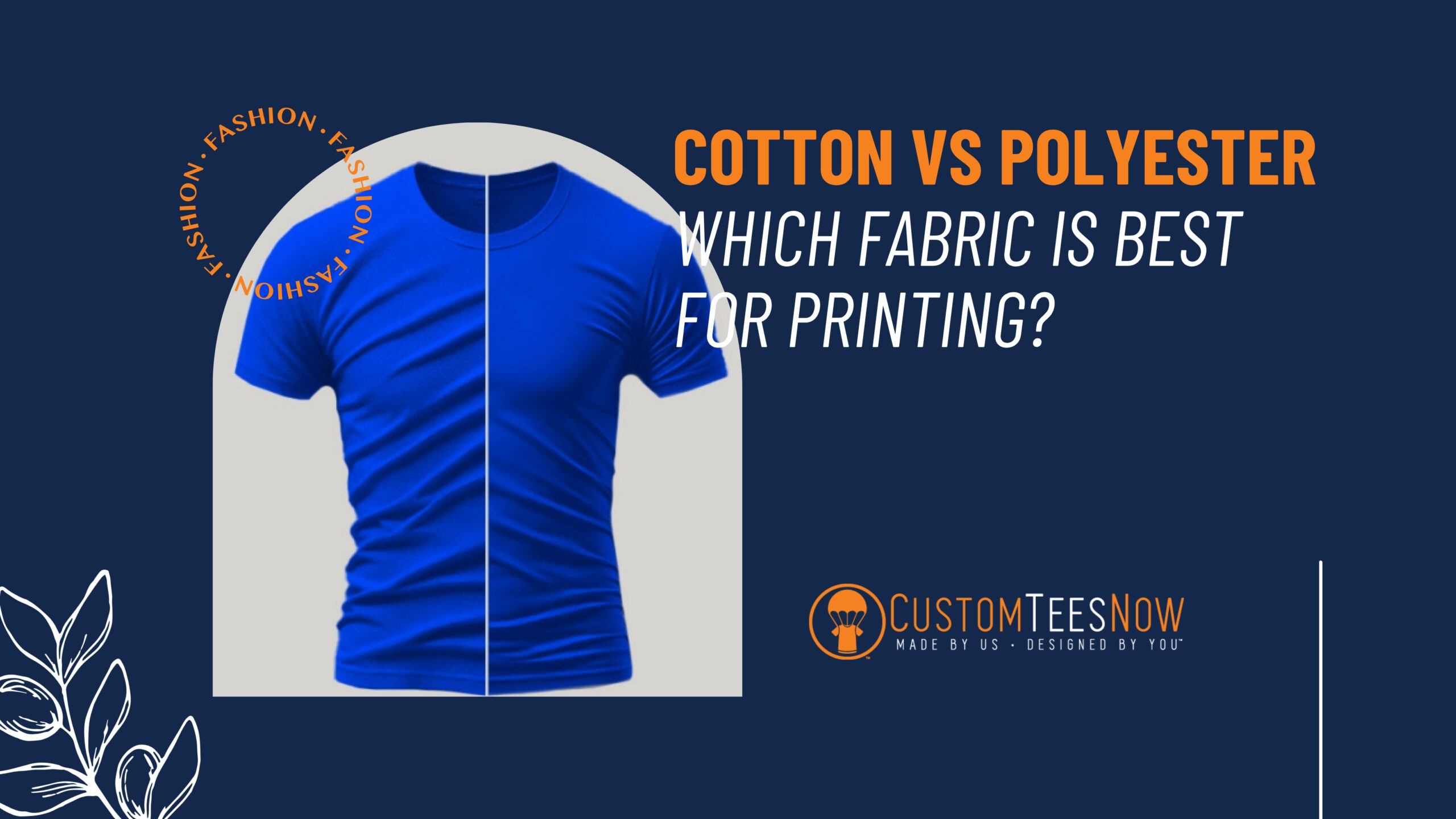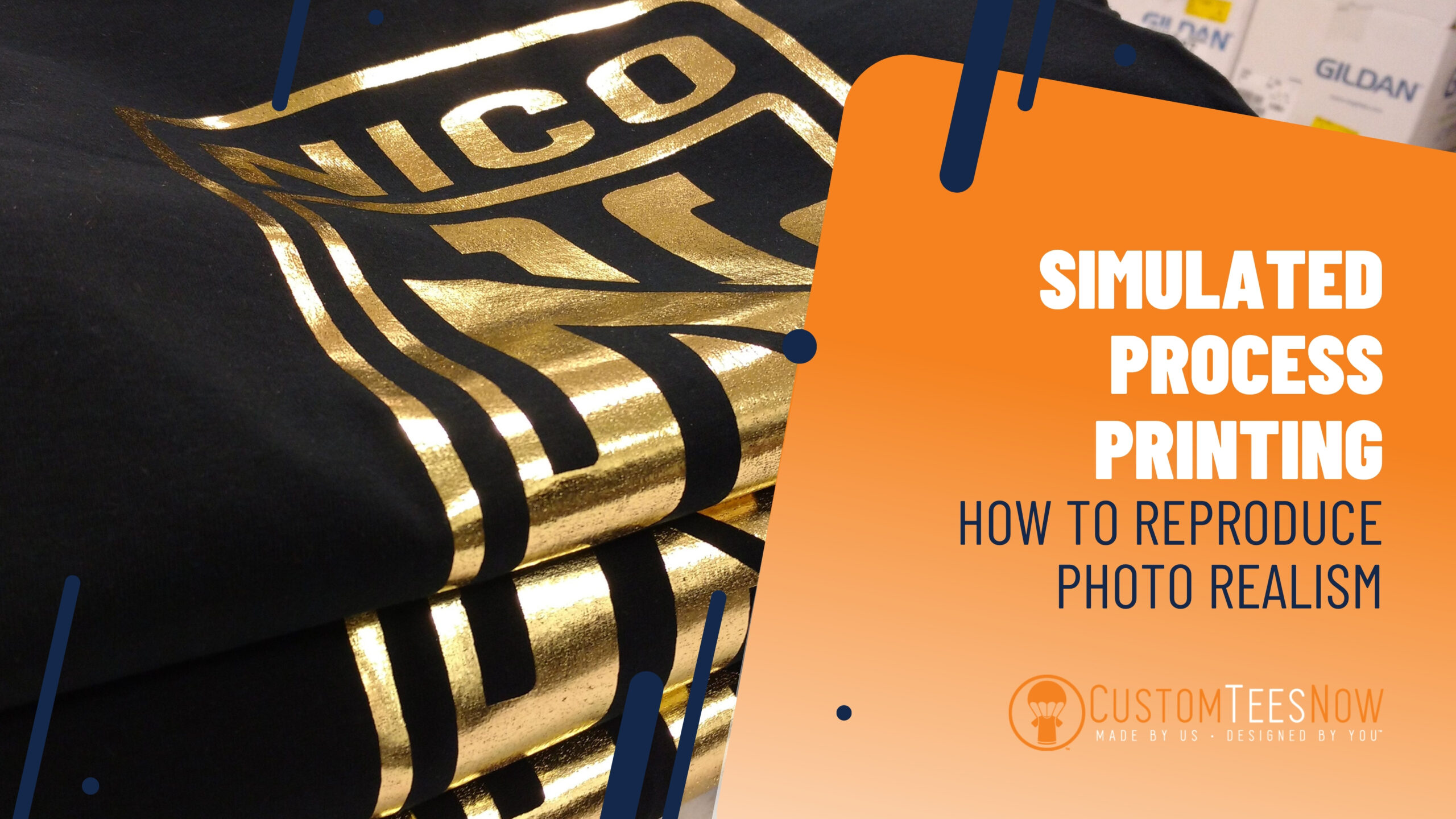
- July 18, 2025
DTF Printing Problems: Peeling, Cracking, and How to Fix Them
DTF prints peel and crack mainly due to incorrect curing temperatures, improper adhesive powder application, low-quality inks, and inadequate humidity control. Fix these by ensuring accurate heat press settings, proper adhesive application, using high-quality materials, and regularly maintaining your printer for optimal durability and adhesion.
Understanding DTF Printing: A Quick Primer
If you’re creating custom apparel or accessories, you’ve probably heard about DTF printing. Short for Direct-to-Film printing, this method is gaining popularity because of its versatility, ease of use, and vibrant results. But like any printing technique, DTF isn’t without challenges. Two of the most frustrating issues are peeling and cracking.
This guide is designed to help you understand why these common problems happen and, most importantly, show you how to fix them effectively. Before we dive into troubleshooting, let’s clearly define what DTF printing is and why it’s important.
What is DTF Printing?
DTF printing is a digital printing method that transfers designs onto fabric using specially-formulated inks and adhesive powders. Unlike traditional printing methods, DTF prints designs onto a film first and then transfers them directly onto the garment using a heat press.
Here’s the basic process step-by-step:
- Printing: The design is printed onto a clear film using a DTF printer.
- Adhesive Powder Application: A special powder adhesive is sprinkled onto the wet ink on the film.
- Curing: The powder-coated film is heated to activate and set the adhesive.
- Transfer: Finally, the design is transferred to a garment using a heat press.
Common Use Cases for DTF Printing
DTF printing is popular because it allows for detailed, vibrant designs on nearly any type of fabric, whether cotton, polyester, or blends. This flexibility makes DTF a top choice for:
- Custom T-shirts and Hoodies: From personalized apparel for businesses to custom designs for events.
- Accessories: Hats, bags, socks, and even shoes can be customized using DTF.
- Athletic Apparel: DTF prints withstand stretching and repeated washing, making them ideal for sportswear.
- Fashion and Boutique Items: Designers and small businesses often prefer DTF for its high-quality output and color accuracy.
Why Addressing DTF Problems Matters?
If you’re running a print shop or creating custom apparel at home, print quality directly impacts your reputation. Peeling or cracking prints can quickly turn off customers and lead to negative reviews. Understanding and addressing these problems means delivering higher-quality products, happier customers, and increased repeat business.
Common Issues in DTF Printing: Peeling and Cracking Explained
If you’ve ever pulled a custom-printed T-shirt from the wash only to find your vibrant design peeling or noticed tiny cracks forming after just a few wears, you’re dealing with some common—but fixable—DTF printing problems. Let’s break down exactly why these frustrating issues happen and explore their root causes.
Why Does Peeling Occur?
Peeling is when the printed design starts to separate from the garment after washing or regular use. This usually happens because the adhesive didn’t bond correctly to the fabric. Several factors can contribute to poor adhesion:
- Incorrect curing temperatures: Too hot or too cold can affect the adhesive bond.
- Improper adhesive powder application: Too much or too little powder leads to weak bonds.
- Fabric incompatibility: Not all fabrics bond equally well, especially if they’re heavily treated or coated.
- Humidity and moisture issues: Moisture interferes with proper curing and bonding.
For example, if you’re using a heat press that’s too hot or not hot enough, the adhesive won’t activate properly, causing prints to peel easily after washing. Similarly, applying insufficient adhesive powder can weaken the bond, making your designs vulnerable to damage.
Causes of Print Cracking
Cracking happens when the printed design becomes brittle and starts breaking apart, usually after stretching or repeated washing. Unlike peeling, cracking involves issues with the flexibility of the ink layer itself rather than just adhesion.
Common causes of print cracking include:
- Low-quality inks: Cheaper inks often lack flexibility, causing them to crack easily under stress.
- Over-curing or under-curing: Excessive heat dries out the ink, reducing flexibility, while under-curing prevents proper bonding.
- Fabric type and stretchability: Highly elastic or stretchy materials put additional stress on inks, causing them to crack if they’re not formulated for flexibility.
- Thickness of the ink layer: An overly thick ink layer will crack more easily due to reduced flexibility.
For instance, if you’re printing on stretchy athletic wear using inks meant for non-stretch fabrics, you’ll likely see cracks appear quickly. Likewise, applying too thick of a layer of ink can cause brittleness and eventual cracking during normal wear and washing.
Examples to Illustrate the Problems Clearly
Let’s consider a couple of real-world scenarios:
- Scenario 1 – Peeling after Washing: Sarah runs a small T-shirt business. Customers complained that her shirts peeled badly after one or two washes. After investigating, she discovered her heat press temperature was set too low, preventing proper adhesive activation.
- Scenario 2 – Cracking with Athletic Wear: Mike, who creates custom jerseys, noticed cracking after just one game. The issue? He was using regular DTF inks instead of flexible inks designed specifically for sportswear.
Clearly understanding these specific reasons can help you identify what’s going wrong with your own DTF prints.
Root Causes and Detailed Solutions for DTF Peeling and Cracking
Now that we’ve identified why peeling and cracking happen in DTF printing, let’s explore practical, step-by-step solutions to fix these problems. By addressing these root causes directly, you’ll ensure your printed apparel stays vibrant and durable over time.
Curing Temperature Errors
Incorrect curing temperatures are one of the top reasons prints fail. The curing temperature is crucial because it activates the adhesive powder, allowing your design to bond firmly to the garment.
How to Set Ideal Curing Temperatures:
- Use a quality heat press capable of consistent temperature control.
- For most DTF prints, ideal curing temperatures range between 275°F–320°F (135°C–160°C).
- Always follow the manufacturer’s recommendations for your specific adhesive powder and ink brand.
- Run a test print whenever using new fabric or materials.
Practical Tip: Invest in an infrared thermometer to accurately measure the surface temperature of your heat press.
Adhesive Powder Application Issues
The correct amount of adhesive powder application directly affects adhesion strength.
Proper Technique and Thickness Recommendations:
- Evenly coat your design with adhesive powder immediately after printing (while ink is wet).
- Shake off excess powder thoroughly; the layer should look thin and uniform.
- Too much powder creates a brittle, uneven surface; too little weakens the bond.
- Ideal powder thickness should look like a fine, consistent dusting.
Quick Checklist for Proper Adhesive Application:
- Powder applied immediately after printing
- Even, thin layer of adhesive
- Excess powder shaken off thoroughly
- Powder fully melted and transparent after curing
Ink Quality and Compatibility
Low-quality inks lead to cracking because they’re less flexible. Invest in inks specifically formulated for DTF printing.
Recommended Ink Brands and Types:
- Choose reputable DTF-specific inks (e.g., STS, Kodak, DuPont).
- For stretchy fabrics, opt for inks labeled as “flexible” or “stretchable.”
- Avoid generic or unbranded inks that may save money upfront but cost more in quality and returns.
Fabric Compatibility
Fabric type directly impacts adhesion and durability of prints.
Polyester vs. Cotton: Which Works Better?
- Cotton and Cotton Blends:
- Excellent adhesion; prints bond strongly.
- Highly durable when correct curing is followed.
- Polyester and Synthetic Fabrics:
- Require careful temperature control (usually slightly lower).
- Prefer flexible inks to handle stretching.
Practical Tip: Always test print on a scrap fabric piece before mass production to avoid costly mistakes.
Humidity and Environmental Factors
Environmental conditions significantly influence print durability. High humidity introduces moisture, disrupting adhesive bonding and causing peeling or cracking.
Ideal Workspace Humidity Levels:
- Keep your printing workspace humidity between 40–60%.
- Use a digital hygrometer to monitor humidity regularly.
- Consider a dehumidifier or humidifier depending on your climate.
Immediate Troubleshooting Checklist (Easy Reference):
- Check heat press temperatures regularly
- Ensure adhesive powder is applied correctly
- Use quality, flexible DTF inks
- Monitor workspace humidity
- Test fabrics before large print runs
Implementing these detailed, practical solutions will significantly reduce DTF printing problems and lead to consistently high-quality results.
Conclusion and Actionable Tips for Avoiding DTF Printing Problems
By now, you’ve gained a clear understanding of why peeling and cracking occur in DTF printing and how to effectively address these issues. Let’s quickly recap key insights and outline actionable steps you can take immediately to enhance the quality and longevity of your printed products.
Recap: Key Points to Remember
- Peeling usually occurs because of improper adhesive application, incorrect curing temperatures, incompatible fabrics, or moisture issues.
- Cracking typically happens due to low-quality or rigid inks, improper curing, or excessive ink thickness.
To consistently produce durable, high-quality prints, always pay close attention to these critical areas:
- Curing temperature control
- Proper adhesive powder technique
- Selecting high-quality, flexible inks
- Matching materials (fabric types) to your inks and adhesives
- Maintaining an ideal workspace humidity level (40–60%)
Actionable Tips for Consistent DTF Printing Success
Here are practical actions you can start implementing right away to prevent future issues:
- Regular Maintenance Routine
Routine printer maintenance is essential. This includes:
- Cleaning printer heads regularly (weekly is ideal).
- Inspecting and replacing damaged film sheets to avoid print defects.
- Regularly calibrating your heat press and checking temperatures with an infrared thermometer.
- Optimal Storage of Transfers and Inks
Improper storage can ruin your materials before you even begin printing. Follow these best practices:
- Store your transfer films in a cool, dry, dust-free environment.
- Seal inks tightly after use to avoid drying or contamination.
- Store adhesive powders in airtight containers away from moisture.
- Tips for Better Durability and Washability
To increase customer satisfaction, ensure your prints withstand regular wear and washing:
- Always test your prints through multiple wash cycles.
- Recommend customers wash apparel inside out in cold water.
- Advise air-drying or low-heat drying for longevity.
(FAQ)
Why does my DTF print peel after washing?
- This usually happens due to improper curing temperature or insufficient adhesive powder. Double-check your heat press settings and powder application technique.
How do I know if I’m applying enough adhesive powder?
- The adhesive should create a thin, uniform layer on the printed ink. Shake off excess powder until the film shows a consistent, slightly dusty look—never thick or clumpy.
What’s the ideal temperature setting for DTF transfers?
- Typical temperatures range between 275°F–320°F (135°C–160°C). Always refer to your adhesive powder and ink manufacturer guidelines.
Get Expert Help to Perfect Your DTF Printing!
If you’re still experiencing problems or want to elevate your DTF printing business further, professional support can make a significant difference. Connect with experienced experts to diagnose issues faster, streamline your processes, and consistently deliver vibrant, durable products your customers will love.



